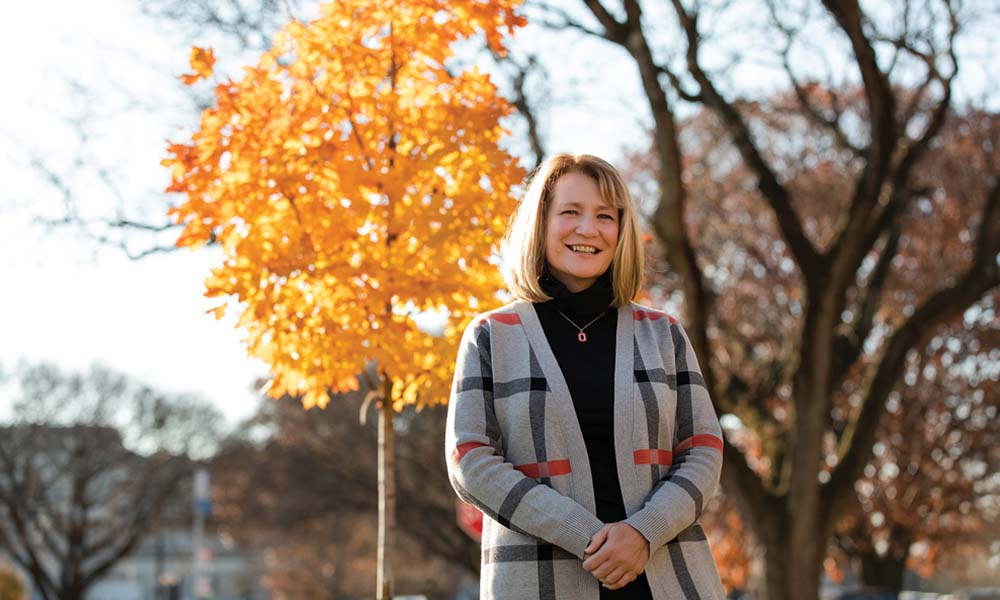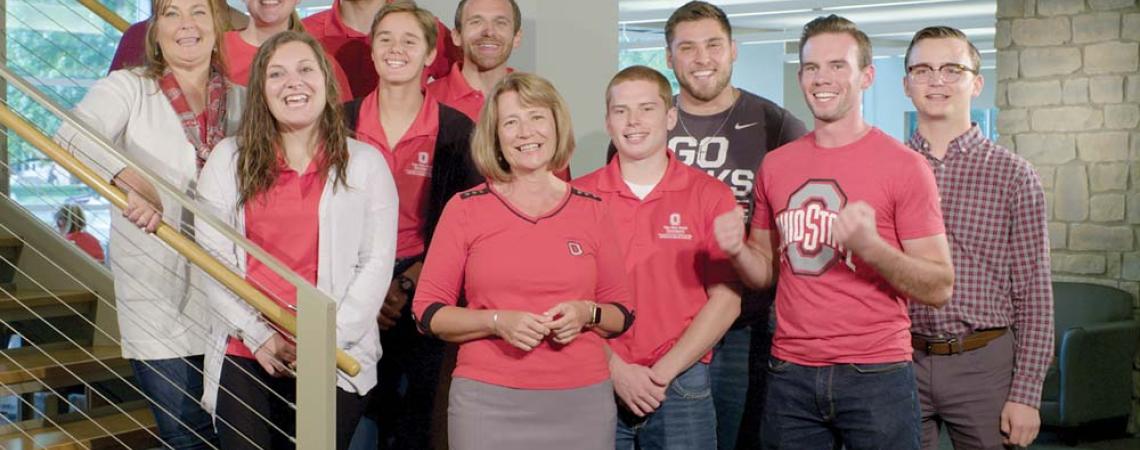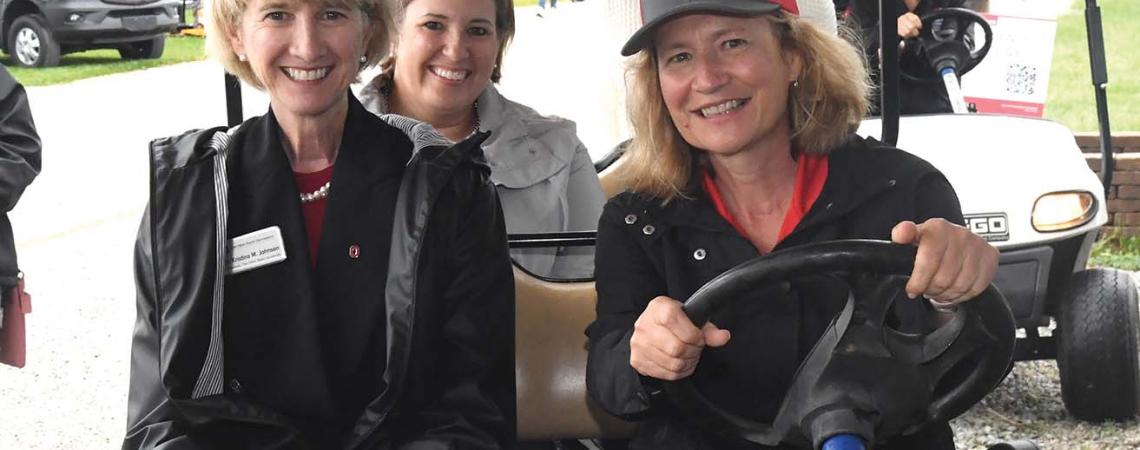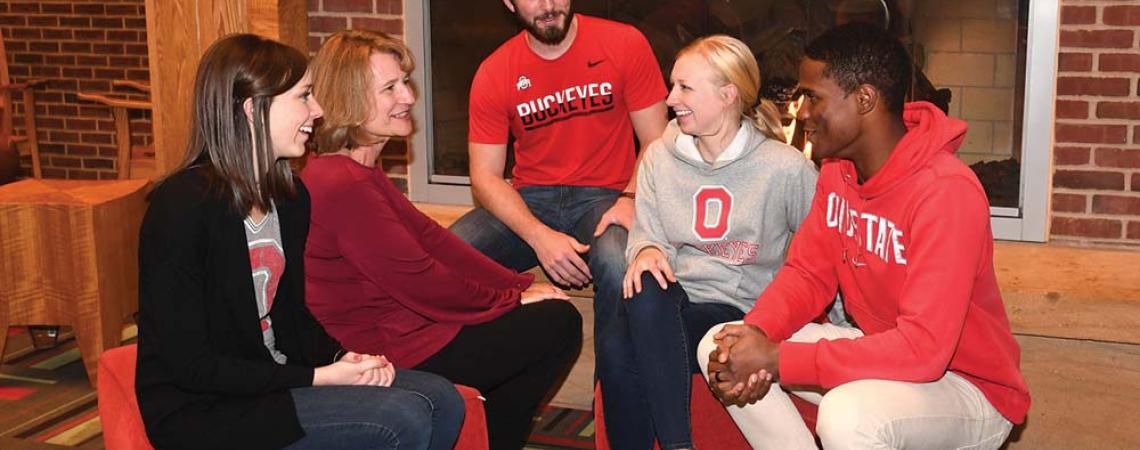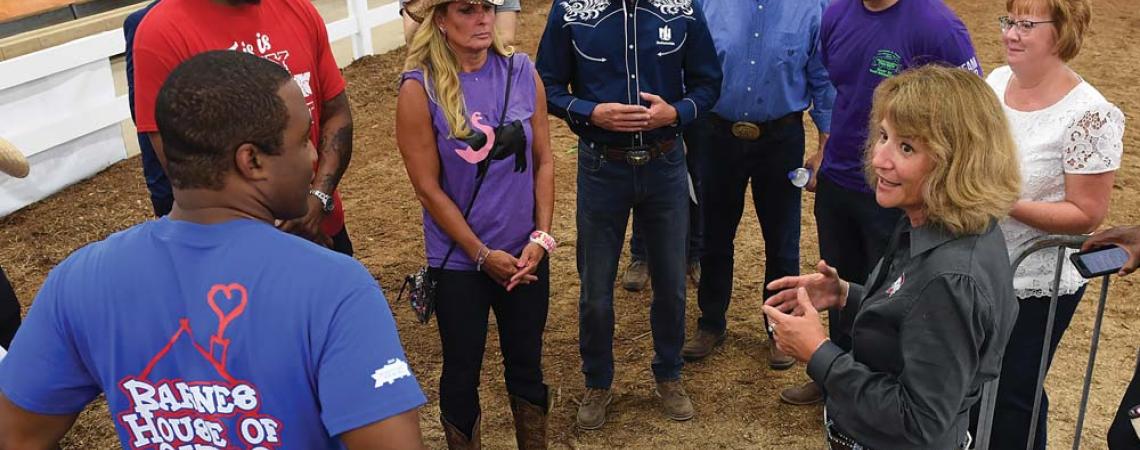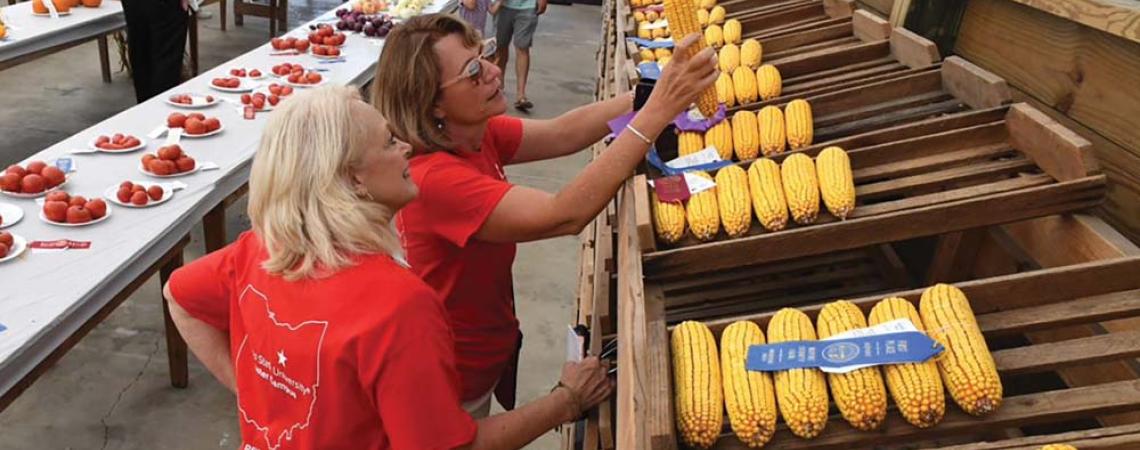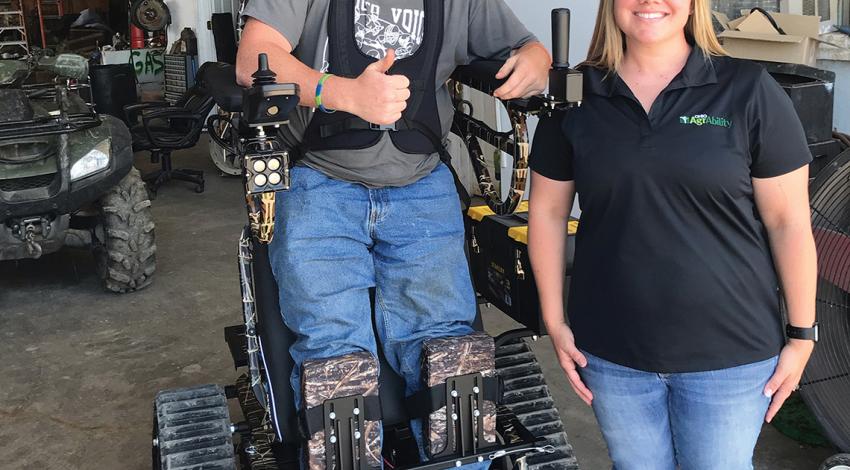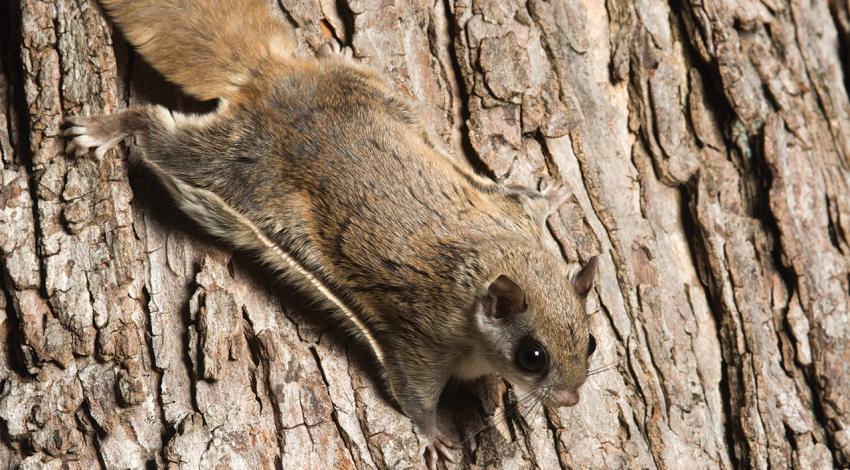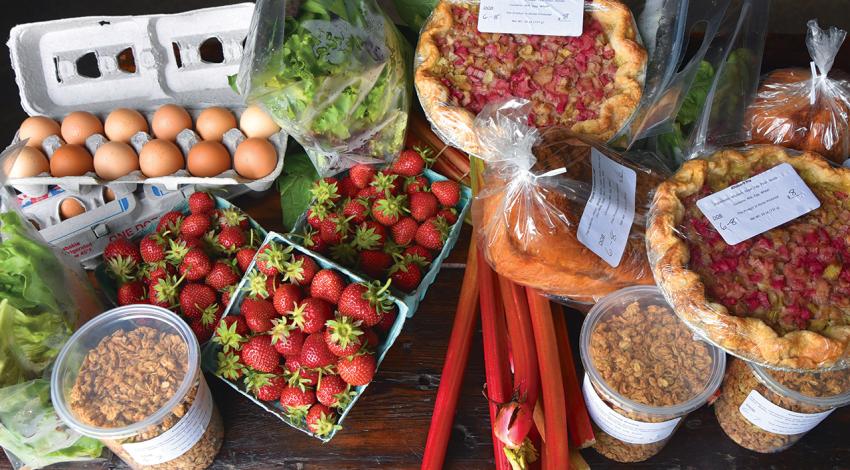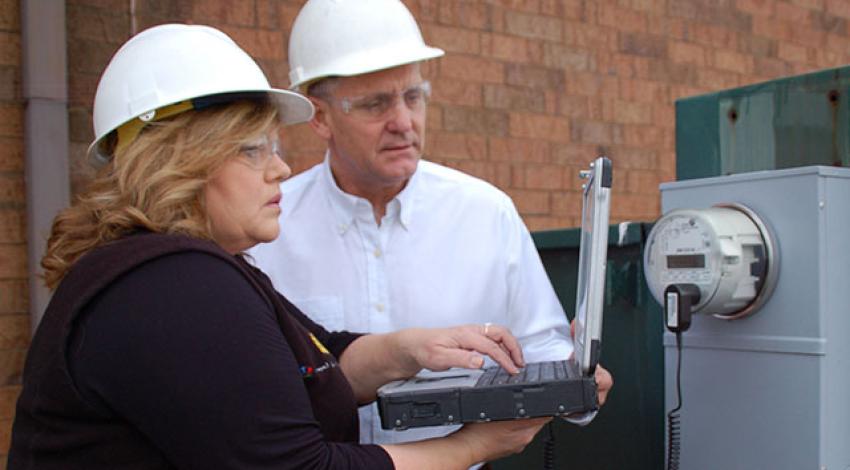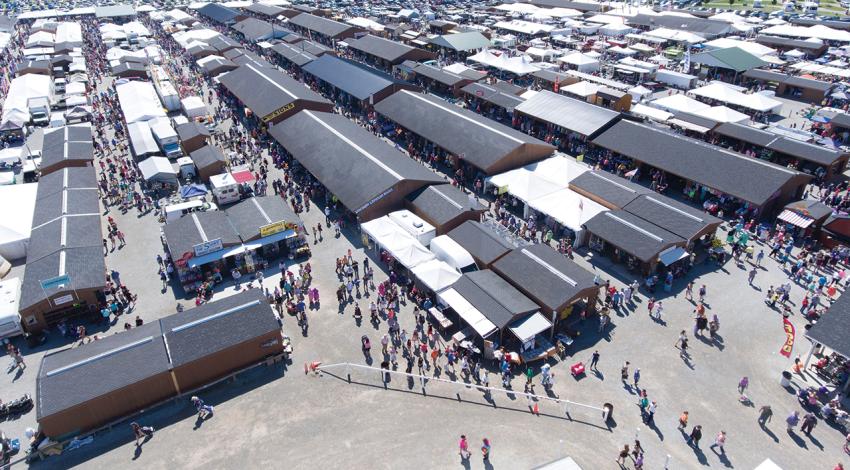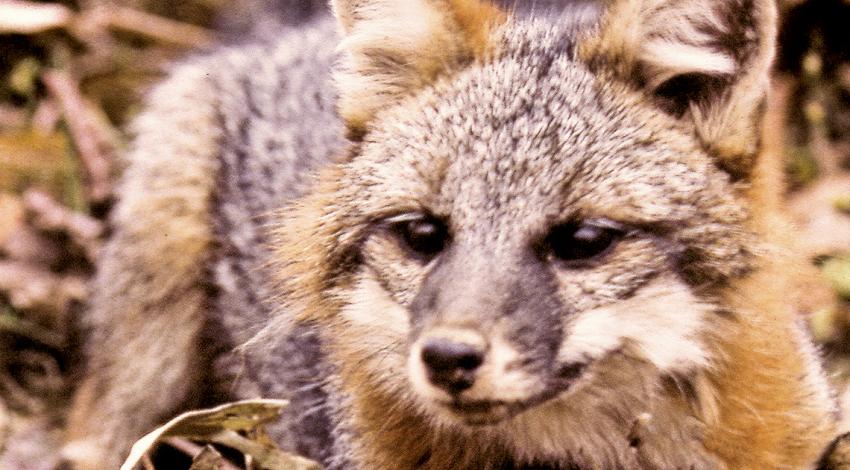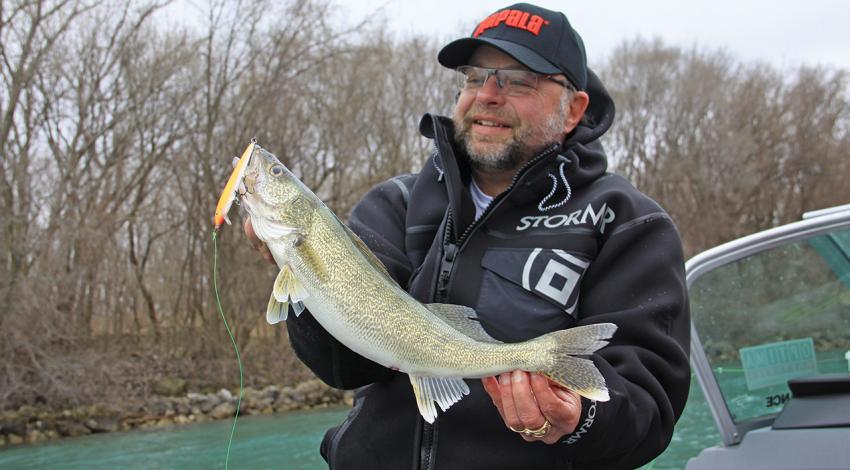Cathann Kress’ introduction to American life and American agriculture didn’t happen until she was well into her teenage years. Before then, her family lived wherever her parents’ Air Force careers took them — mainly the Middle East and Brazil. But when she was 12, she was welcomed into a Mennonite family on their Iowa farm.
“My love of agriculture started with this family,” she says. “The whole, very rural, community I lived in gave me a good understanding of what it means to be in agriculture. It’s about sustaining life. It’s the cornerstone of national security.”
Cathann Kress says working with people is the best part of her job at Ohio State University, where she is the first woman to lead the College of Food, Agricultural, and Environmental Sciences (Photo courtesy of OSU CFAES).
Kress took to farm life right away after she moved to Iowa. She enjoyed baling hay and all the chores required for raising hogs, sheep, corn, and soybeans. Like many farm kids, she belonged to 4-H, where she showed sheep and did public speaking.
“I owned part of the flock of sheep by the time I graduated from high school,” she says, “and friends I made in 4-H are still my friends today.” Soon, her own career took off, and she found herself working at the U.S. Department of Agriculture, where, as the national director of 4-H, she took a special interest in establishing 4-H for military children.
The arc reached its current pinnacle in 2017, when Kress was appointed dean of the College of Food, Agricultural, and Environmental Sciences at Ohio State University — the first woman to hold that position at OSU. She also holds the title of vice president for agricultural administration there.
Kress says the best part of her job as dean is the people around her. “I get to work with brilliant scientists working on a range of things that are important — food security, carbon management, and soybean plant improvement,” she says. “And the students — their optimism and their energy are wonderful. We also have 45,000 living alumni who are deeply engaged with our college. They want to help and to come to events. It’s the people who make it all possible, and I love being part of it.”
Kress says most folks would be surprised at the breadth of her position. On one day, for example, she had meetings related to Green Circle Growers, turf grasses, securing grants, public safety, IT, and risk management. She also met with groups of students and student council representatives.
Her job’s biggest challenges, she says, are usually the things she can’t control. “Funding has pretty much held level [for several years], so with inflation, that means it has declined.”
Kress had been on the job just over two years when the pandemic hit, bringing with it multiple challenges: “Educating our students, keeping the research going, keeping people healthy,” she says. “But it’s important not to go into a stance of being reactive. You have to respond by being strategic and asking how we can get ahead of this.”
Kress sees both short-term and long-term challenges still ahead for Ohio agriculture. “Supply chain is going to be an issue for a while,” she says. “The lack of truck drivers affects the ability to move goods. Infrastructure is important to achieving our goals, as we have locks, dams, and bridges [that need repair].”
“Consumers don’t always understand why farmers might do some things,” she says. “We need to make sure that consumers understand what it takes to produce their food. The pandemic has shown that our just-in-time food system can have problems.”
For long-term challenges, “climate is a persistent issue, which will continue to be a primary focus. We also have workforce shortages, with many not fully understanding the breadth of careers and the high-tech nature of work available in agriculture and natural resources,” she says.
Technology and research will solve some problems. Kress sees one particular strength to counter some of agriculture’s challenges. “Cooperatives have always been a part of agriculture,” Kress notes. “Years ago, cooperatives brought electricity to farms. Now they’re working on broadband. A cooperative is a fantastic model for farmers to use. It allows them to get things that would be difficult to get on their own.”
